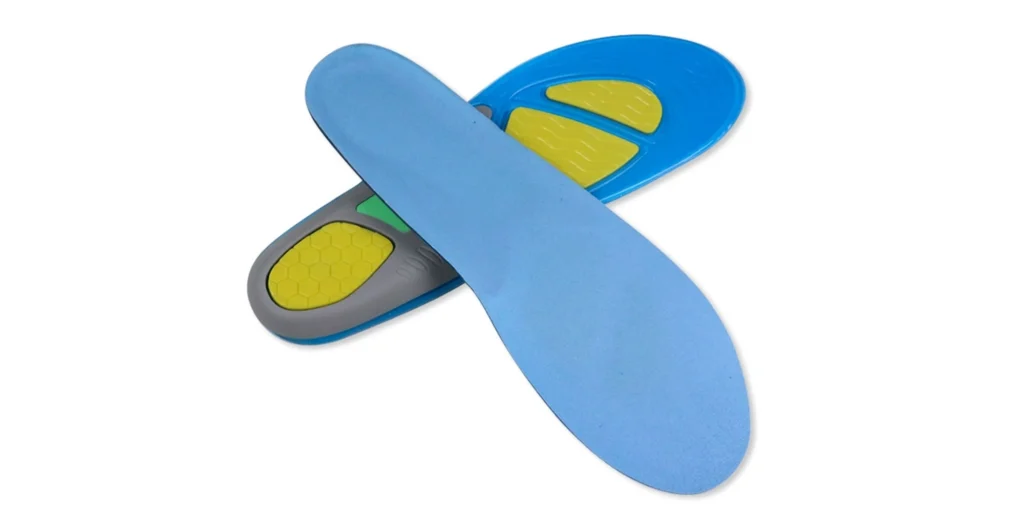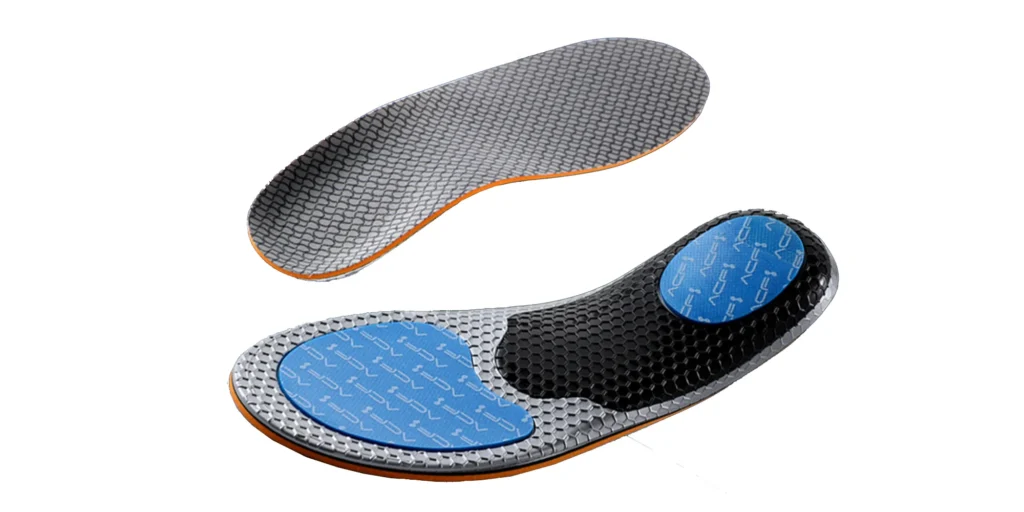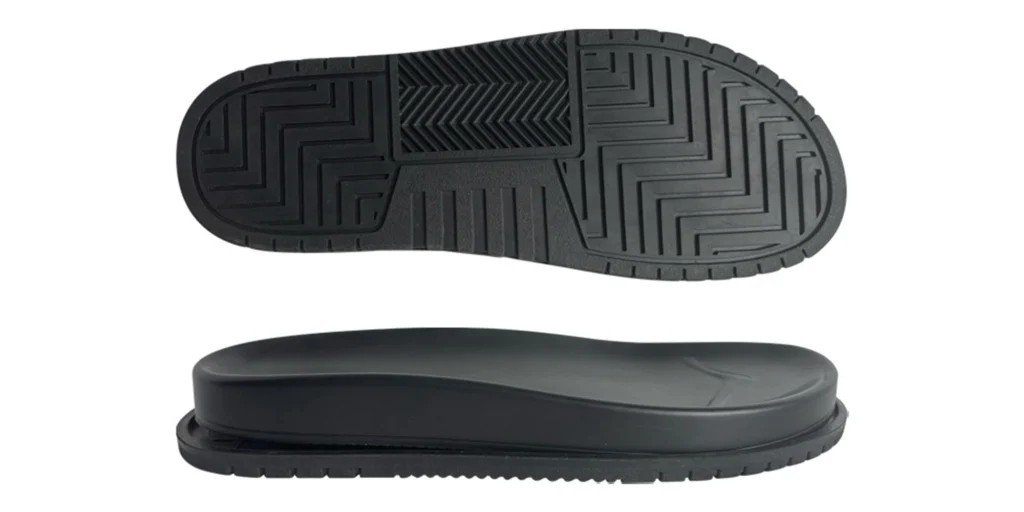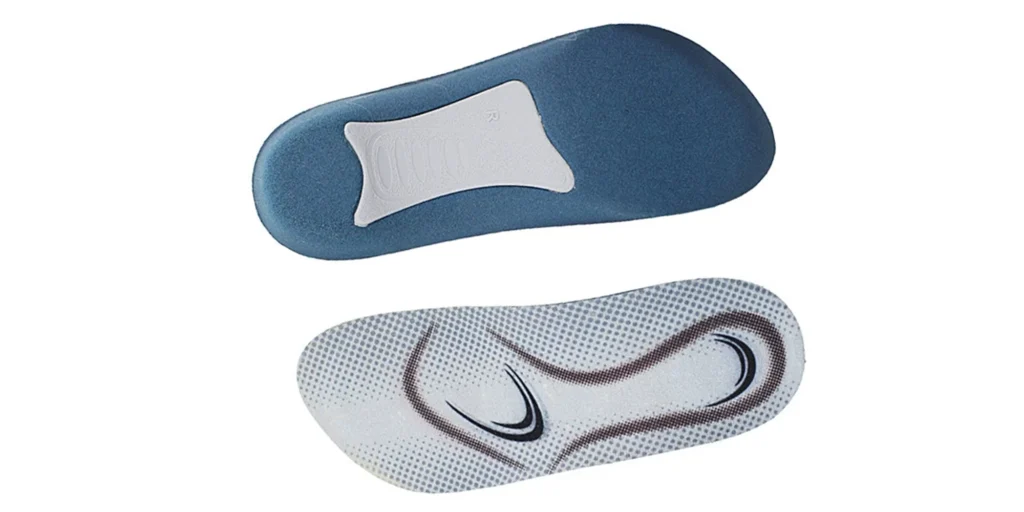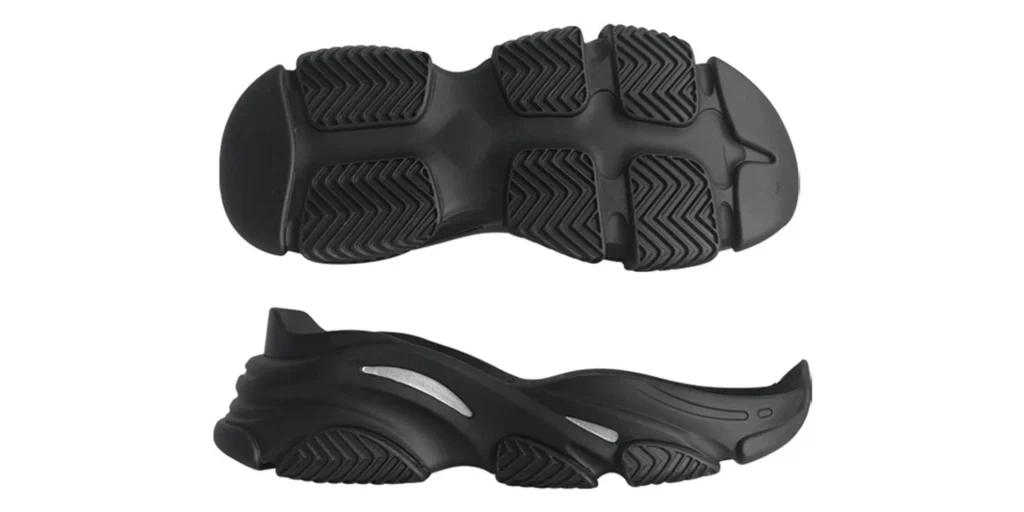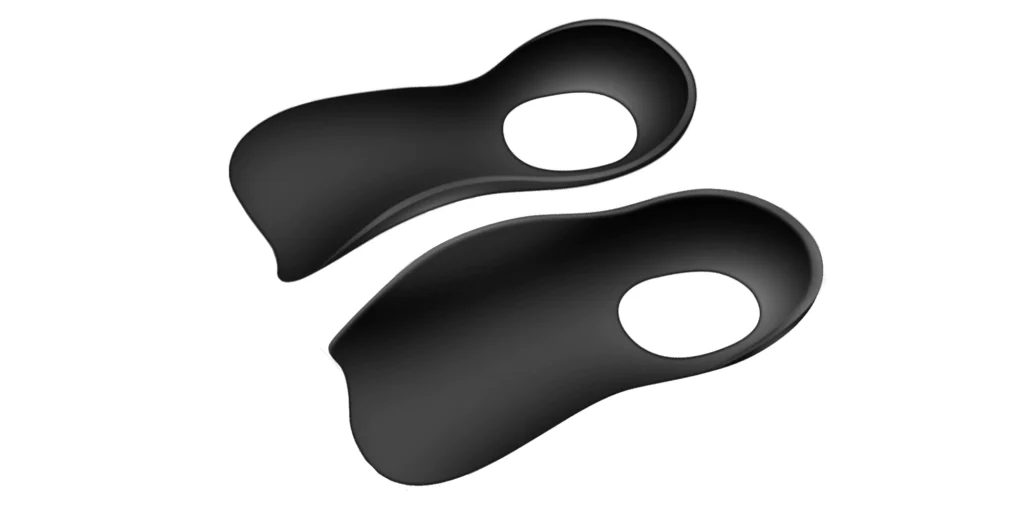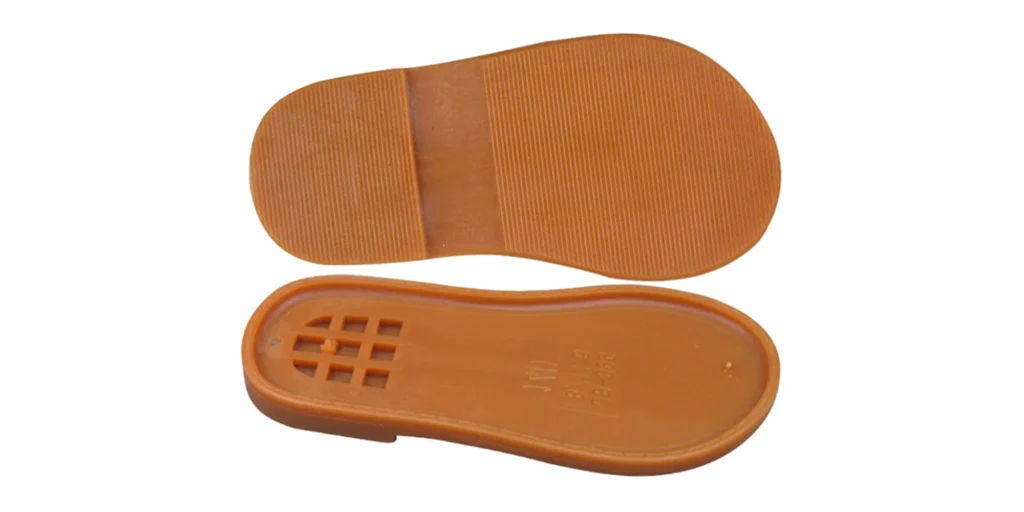Abstract:
EVA (ethylene-vinyl acetate copolymer) foam outsoles have become the material of choice for modern footwear (sneakers, casual shoes, children’s shoes, etc.) due to their exceptional properties. This article provides an in-depth analysis of their five core advantages: unparalleled lightweightness, superior cushioning and shock absorption, outstanding wear resistance, excellent compression set resistance, and chemical stability. From a materials science perspective, we elucidate the principles behind their lightweight and durable characteristics, helping you understand why EVA delivers lasting comfort and superior performance.
When selecting comfortable, durable footwear that supports daily activities or intense workouts, the outsole material plays a pivotal role. Among various options, EVA foam outsoles stand out for their unique advantages, particularly excelling in the two critical dimensions of “lightweight” and “durability.” Today, we explore the five scientifically proven core strengths of EVA foam outsoles, uncovering the technology behind their performance.
Core Advantage #1: Unparalleled Lightweightness – The Key to Effortless Movement
Scientific Principle:
EVA material inherently has a low density. Through chemical or physical foaming processes (introducing numerous closed or interconnected air cells), its internal structure forms a honeycomb configuration. These gas-filled (typically nitrogen or air) microcells replace a significant portion of solid polymer, dramatically reducing the final foam density (as low as 0.08–0.3 g/cm³)—merely a fraction of traditional rubber or TPU materials.
Performance Benefits:
The most noticeable effect is a substantial reduction in shoe weight. During activities like running, hiking, or prolonged movement, a lightweight outsole significantly decreases leg muscle fatigue, improving efficiency and endurance. High-quality EVA midsoles maintain performance while delivering an impressively light feel.
Core Advantage #2: Superior Cushioning & Shock Absorption – The Scientific Barrier Protecting Your Feet
Scientific Principle:
The countless air cell structures formed by EVA foaming exhibit remarkable elasticity. Upon impact during foot strike, these cells compress and deform, effectively absorbing and dissipating kinetic energy (converting it into potential energy from deformation and minimal thermal energy). Their resilience ensures rapid shape recovery, providing stable support for subsequent steps.
Performance Benefits:
Whether running, jumping, or walking, EVA midsoles deliver a comfortable landing experience, significantly reducing impact forces on joints (particularly knees, ankles, and the lumbar spine), lowering injury risks, and offering a softer, more supportive stride.
Core Advantage #3: Outstanding Wear Resistance – The Foundation of Longevity
Scientific Principle:
While pure EVA lacks the abrasion resistance of rubber, modern formulations enhance durability through additives (wear-resistant agents), optimized foaming (uniform cell distribution and wall thickness), and improved cross-linking density (reinforcing molecular chain connections). High-quality EVA compounds effectively withstand frictional wear.
Performance Benefits:
Premium EVA outsoles demonstrate excellent wear life in daily wear and moderate sports scenarios. Though still outperformed by full rubber outsoles on extremely rough surfaces or under severe abrasion, they provide reliable longevity for urban commuting and casual athletics.
Core Advantage #4: Exceptional Compression Set Resistance – Sustained Elasticity Over Time
Scientific Principle:
Compression set resistance (permanent deformation) is a key indicator of EVA’s durability, influenced by copolymer composition, foaming rate (density), and cross-linking intensity. Optimal cross-linking creates a robust 3D network, minimizing irreversible deformation despite repeated compression.
Performance Benefits:
Unlike flattened or hardened midsoles over time, high-grade EVA retains its thickness and elasticity even after extended use (months or years, depending on quality and intensity). This ensures continuous arch support, preventing a “bottomed-out” feel and preserving footwear comfort and functionality.
Core Advantage #5: Chemical Stability & Processability – Ensuring Consistent Performance
Scientific Principle:
As a synthetic polymer, EVA is chemically inert, resisting sweat, rainwater (neutral pH), and mild detergents without hydrolysis or oxidative degradation. Its thermoplasticity and foaming versatility allow precise molding into intricate outsole designs.
Performance Benefits:
Chemical stability prevents aging from moisture or sweat, ensuring lasting performance. “Delamination resistance” stems from superior adhesion and stability. Processability enables varied midsole hardness, zoned densities, and creative aesthetics, meeting diverse design demands while maintaining mass production consistency.
The Synergy of Lightweight & Durability: The Marriage of Material Science and Engineering
EVA’s ability to harmonize seemingly opposing traits—lightweightness and durability—lies in:
- Microcellular Engineering: The air-filled structure delivers lightness while bearing dynamic loads.
- Precision Formulation & Cross-Linking: Tailored VA content, additives (initiators, cross-linkers, fillers), and controlled foaming optimize resilience, compression recovery, and tear strength.
- Multi-Material Hybridization: Modern designs combine EVA with TPU or rubber, such as abrasion-resistant rubber overlays or TPU stabilizers, maximizing performance without compromising weight.
FAQ
Q: How lightweight are EVA outsoles?
A: Exceptionally light—typically half the density of rubber. A premium EVA midsole reduces a men’s US9 running shoe to under 280g/shoe, enhancing agility.
Q: Do EVA midsoles flatten quickly?
A: High-quality EVA (properly cross-linked, density-optimized) resists compression for 6–12+ months under daily wear. Lifespan varies with weight, usage, and terrain.
Q: How does EVA cushioning protect joints?
A: Its air cells absorb impact like microscopic springs, dispersing forces to lessen peak loads on ankles, knees, and the spine—reducing injury risks.
Q: Are EVA outsoles slippery?
A: Moderate grip on dry/damp surfaces, but specialized rubber outsoles excel in extreme wet/oily conditions. Tread patterns often enhance traction.
Q: Can EVA get wet? Any special care?
A: EVA resists water damage. Clean with mild detergent; air-dry (avoid sun exposure/soaking). No complex maintenance needed.
WELLE Trade has over 20 years of experience in the production and processing of PE/EVA/TPE foams, so you may want to consult with them if you have any sourcing needs.
